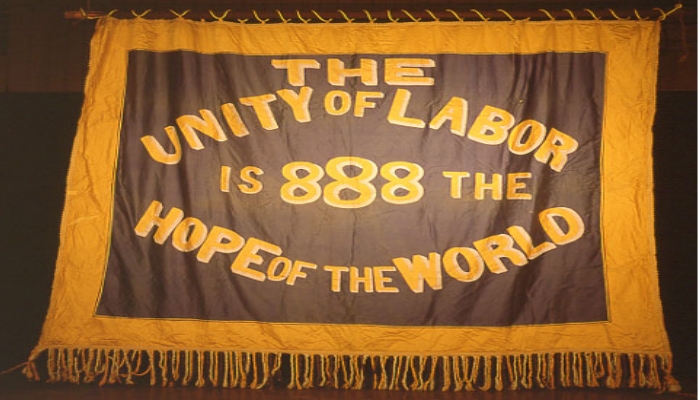
May Day 2016
Sunday 1 May is May Day, the day when working people around the world celebrate the gains made by the labour movement and remember those who fought – and are still fighting – to achieve them.
One of the most important of those gains was the shorter working day. In fact May Day, as a workers’ day, grew out of the international movement for shorter working hours and, in particular, out of events in the US where workers in Chicago struck in support of the 8 hour day on 1 May 1886.
That movement was violently suppressed but its impacts continue to be felt today wherever workers enjoy the right to the standard “8 hours work, 8 hours recreation, 8 hours rest” that had been proposed by English socialists as early as the 1820s.
At the time of the Chicago events, it was not uncommon for people to work between 10 and 16 hours a day, with no sick leave entitlements, annual leave or safety protections.
Today in many countries such entitlements and protections are guaranteed by law. But a look at the record will always show that these changes only came about as a result of the activity of working people.
In Australia, for instance, the 8 hour day with no loss of pay was first won by stonemasons in Victoria, who struck in support of shorter hours in 1856. Their example quickly spread to the rest of the Victorian building sector and then beyond, so that by 1860 the 8 hour day was widely worked throughout Victoria.
It was not until much later though that the law caught up with industrial reality, with the 8 hour day being made official in Victoria in 1916 and across Australia in the 1920s.
But if May Day is a time to celebrate these wins, it is also a time to remember they can be reversed. In New Zealand the first successful 8 hour day campaigns occurred in the 1840s. Yet today the standard working week can be up to 45 hours as a result of anti-worker laws introduced in the 1990s.
Whether it is daily hours, penalty rates or other entitlements, no conditions can be guaranteed unless working people actively defend them. This is the message of May Day, whether in 1886 or 2016.










